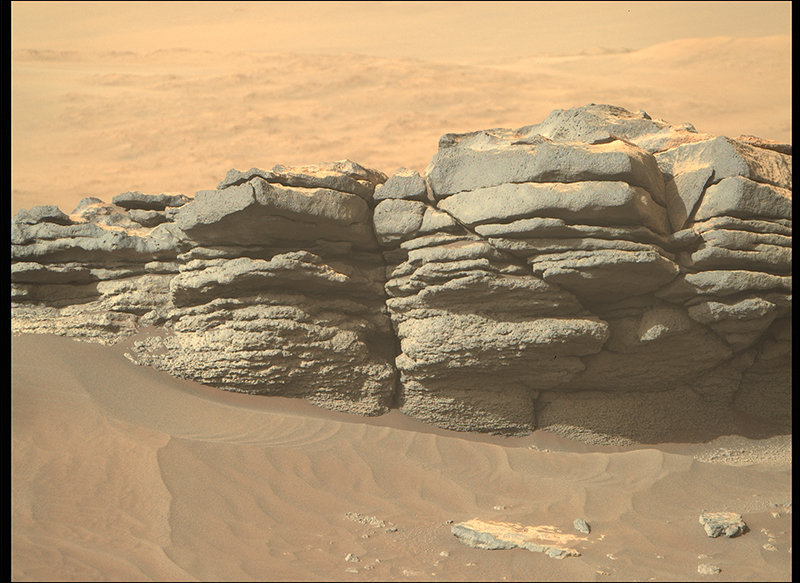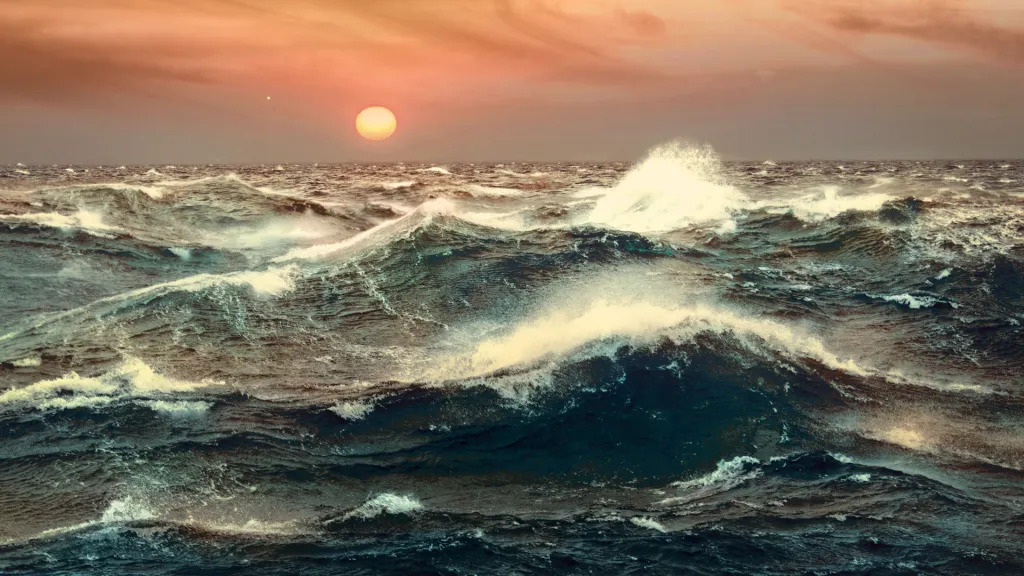Newswand: Mars Express recently has taken a look at the Holden Basin – part of a region that is a high-ranking target in the search for signs of past life on the Red Planet and found that water may have flown in this area. It has taken few images on 24 April 2022 by the spacecraft’s High Resolution Stereo Camera.

A barren landscape shaped by water
The Holden Basin is part of a series of channels and sinks called the Uzboi-Ladon-Morava (ULM) outflow system that may have once drained up to 9% of the Martian surface. The complex history of the ULM outflow system makes it an interesting target to explore in more detail with Mars orbiters and rovers.
The maps of Mars show us the Holden Basin and the full ULM outflow system in context. They show how water once flowed across this region of Mars; it would have started in channels that drain into the Argyre Planitia, then flowed through Uzboi Vallis into the location now scarred by the Holden Crater. From there it would have collected in the Holden Basin before streaming through Ladon Valles to Ladon Basin and beyond.
The maps also shows Mars’ ‘Grand Canyon’ Valles Marineris, which we delved into in our previous Mars Express image release.
A closer look at Holden Basin
Few other images show close ups of the Holden Basin from inside the once water-filled reservoir.
An image shows a distinct crater and the basin walls, which slope gently down to around 1500 metres below the level of the surrounding ground.
Another image is from the northeast of the Holden Basin and it takes a closer look at the location where water would have flowed from Holden Basin to Ladon Valles. The bumps in the rough terrain were formed when water ice under the surface of Mars melted.
The entire region could be an interesting target in the search for ancient life on Mars. Our experience on Earth tells us that where there is water, there is life: could the same have been true billions of years ago on Mars?
Phyllosilicates are a type of mineral also found on Earth, with one example being clay. They could serve as a reaction centre for organic molecules, which make up all living things on Earth; past experiments suggest that phyllosilicates could have played a role in the origin of life.
The 140-km wide Holder Crater formed when Mars was hit by a space rock; the material that was ejected during the impact filled Holden Basin, which is itself a much older impact crater. As the crater shows no evidence that significant amounts of water flowed through it, it very likely formed after the ULM system had mostly dried out. Due to its interesting geology and potential for clues to past life, Holden Crater was on the shortlist of landing sites for NASA’s Mars Science Laboratory and Perseverance rover.
Ends…










